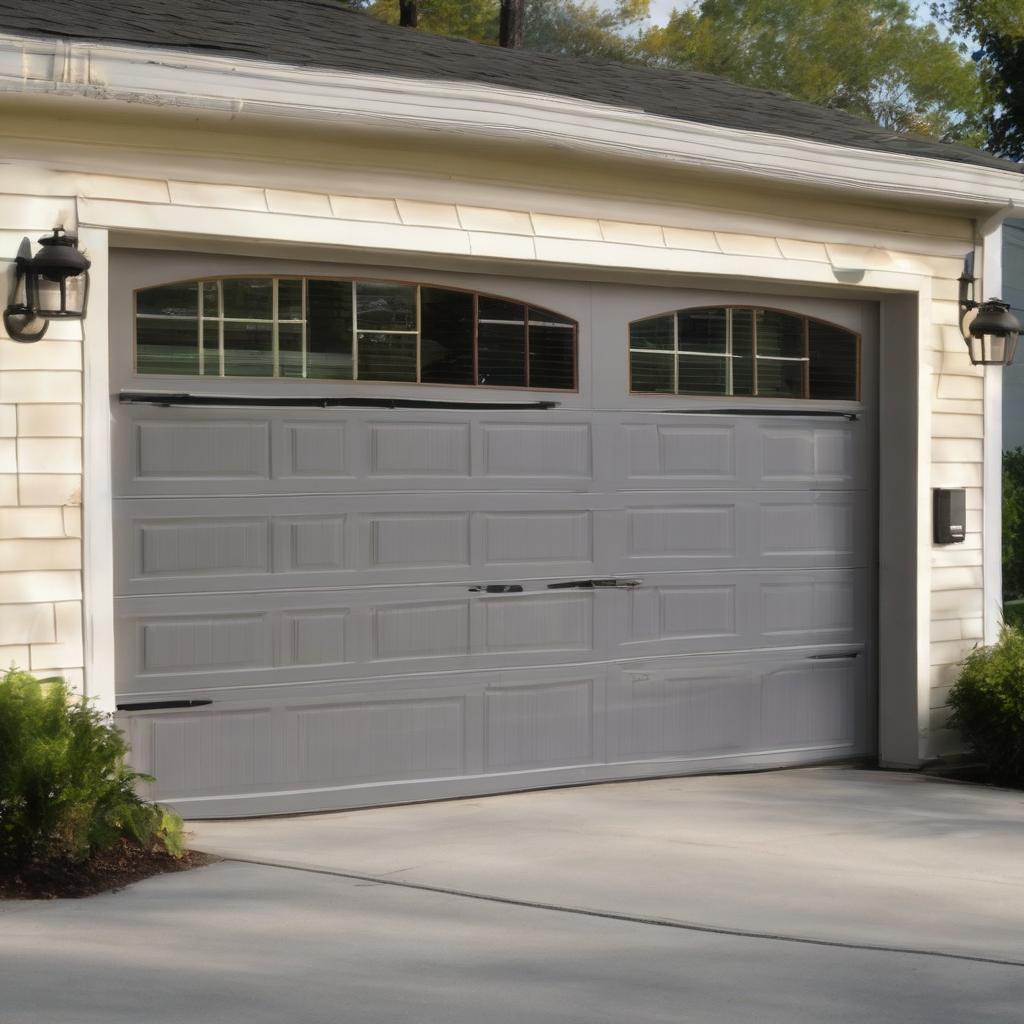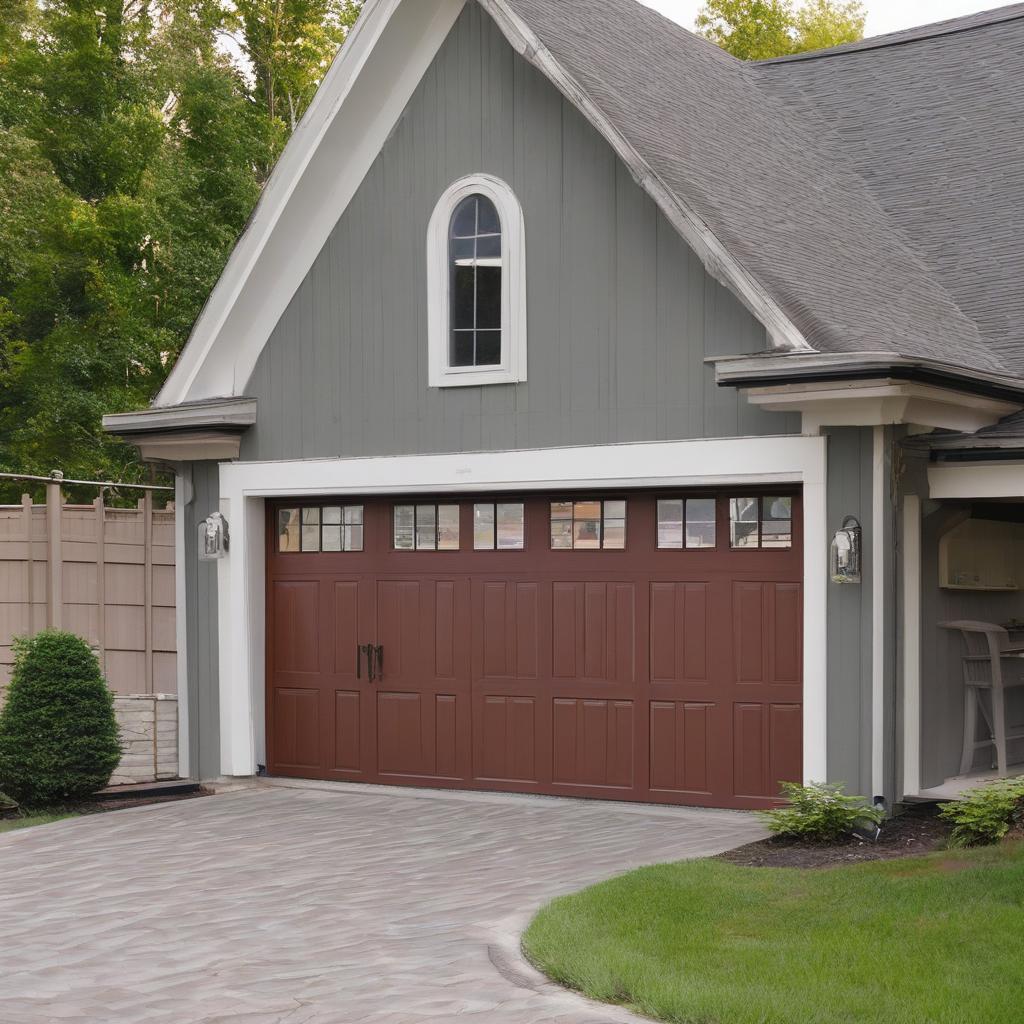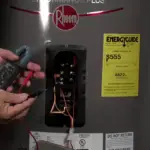
Customizing Your Garage Door: A Comprehensive Guide to Style, Materials, and More
When it comes to your garage door, there are numerous factors to consider, from style and material to thickness, insulation, and finish. Whether you’re looking to replace your existing garage door or simply upgrade its features, understanding the various options available is crucial. In this article, we’ll explore the different aspects of garage doors, providing you with a comprehensive guide to help you make informed decisions.
Garage Door Style
The style of your garage door is a crucial aspect, as it can greatly impact the overall aesthetic of your home. With various designs and patterns to choose from, you can select a style that complements your home’s architecture. From traditional to modern, the right garage door style can enhance your home’s curb appeal.
Types of Garage Door Styles
There are several garage door styles to choose from, including:
- Traditional
- Modern
- Carriage House
- Contemporary
Garage Doors by Material
The material used to construct your garage door plays a significant role in its durability, maintenance, and overall performance. Various materials are available, each with its unique characteristics.
Common Garage Door Materials
Some of the most common materials used for garage doors include:
- Steel
- Wood
- Aluminum
- Fiberglass
- Composite
Garage Doors by Thickness
The thickness of your garage door is another important factor to consider. Thicker doors tend to be more durable and provide better insulation.
Standard Garage Door Thickness
Typically, garage doors range in thickness from 1 to 2 inches. The right thickness for your garage door will depend on your specific needs and preferences.
Garage Doors by Insulation R-Value
Insulation is a critical aspect of your garage door, as it helps regulate the temperature inside your garage. The R-value measures the door’s insulation performance.
Understanding R-Value
The R-value represents the door’s ability to resist heat transfer. A higher R-value indicates better insulation. When selecting a garage door, consider the R-value to ensure it meets your energy efficiency needs.
Garage Doors by Finish
The finish of your garage door can greatly impact its appearance and durability. Various finishes are available, including paint, stain, and vinyl.
Types of Garage Door Finishes
Some common finishes for garage doors include:
- Painted
- Stained
- Vinyl Coated
- Textured
Garage Door Openers
A garage door opener is an essential component of your garage door system, providing convenient and secure operation.
Types of Garage Door Openers
There are several types of garage door openers available, including:
- Chain Drive
- Belt Drive
- Screw Drive
- Direct Drive
Installing Thermal Windows on Your Garage Door
If you’re looking to brighten up your garage, consider installing thermal windows on your garage door. This can be a cost-effective and energy-efficient solution.
Benefits of Thermal Windows
Thermal windows, also known as double-pane windows, offer several benefits, including:
- Improved energy efficiency
- Reduced air leakage
- Enhanced natural lighting
- Increased aesthetic appeal
Step-by-Step Guide to Installing Thermal Windows
To install thermal windows on your garage door, follow these steps:
- Secure the garage door panel using locking pliers.
- Remove the screws from the hinges of the panel.
- Measure and mark the area where the window will be installed.
- Drill holes in the corners of the marked area.
- Cut out the marked area using a saw.
- Clean the area and remove any debris.
- Install the outer frame of the thermal window.
- Insert the double-pane window into the outer frame.
- Secure the inner frame over the window.
- Tighten the screws to secure the frames together.
- Clean the window and surrounding area.
Considerations for Installing Thermal Windows
When installing thermal windows, consider the following factors:
- The weight of the windows and their impact on the garage door’s spring system.
- The type of glass and its orientation (e.g., frosted glass on the inside).
- The need to adjust the garage door opener to accommodate the added weight.
Energy Efficiency and Garage Doors
An energy-efficient home begins with reducing drafts and plugging air leaks. A drafty house can lead to multiple problems, including increased heating bills and water infiltration.
Tips for Improving Energy Efficiency
To improve energy efficiency, consider the following:
- Seal air leaks around your garage door.
- Upgrade to a more energy-efficient garage door.
- Add insulation to your garage.
- Install thermal windows or other energy-efficient features.
By understanding the various aspects of garage doors, you can make informed decisions to enhance your home’s energy efficiency, security, and overall appearance. Whether you’re replacing your garage door or upgrading its features, this comprehensive guide provides you with the knowledge you need to make the right choices.
Frequently Asked Questions
What are the different styles of garage doors available?
Traditional, Modern, Carriage House, Contemporary
What materials are commonly used for garage doors?
Steel, Wood, Aluminum, Fiberglass, Composite
What is the typical thickness of a garage door?
1 to 2 inches
What is R-value in the context of garage doors?
A measure of the door’s insulation performance, with higher values indicating better insulation
What are the different types of garage door finishes?
Painted, Stained, Vinyl Coated, Textured
What types of garage door openers are available?
Chain Drive, Belt Drive, Screw Drive, Direct Drive
What are the benefits of installing thermal windows on a garage door?
Improved energy efficiency, Reduced air leakage, Enhanced natural lighting, Increased aesthetic appeal
How do I install thermal windows on my garage door?
A step-by-step process involving securing the door panel, measuring and marking the area, drilling holes, cutting out the area, and installing the window frames
What factors should I consider when installing thermal windows?
The weight of the windows, type of glass, and need to adjust the garage door opener
How can I improve energy efficiency with my garage door?
Seal air leaks, Upgrade to an energy-efficient garage door, Add insulation, Install thermal windows or other energy-efficient features
















